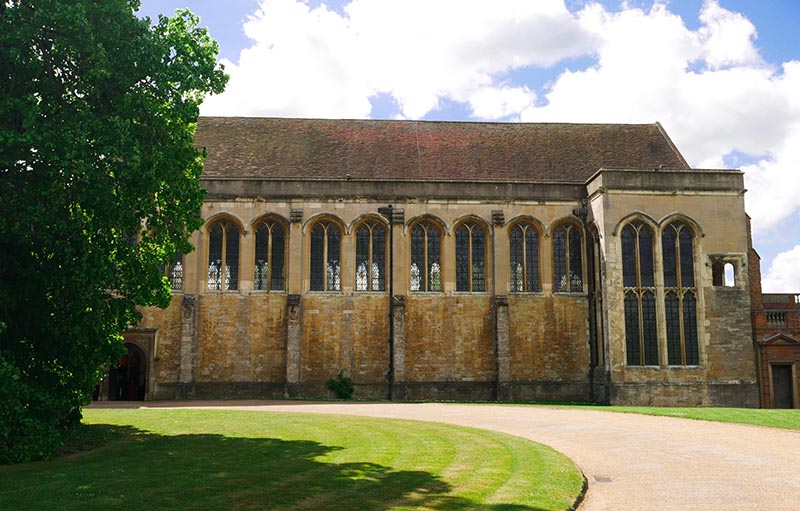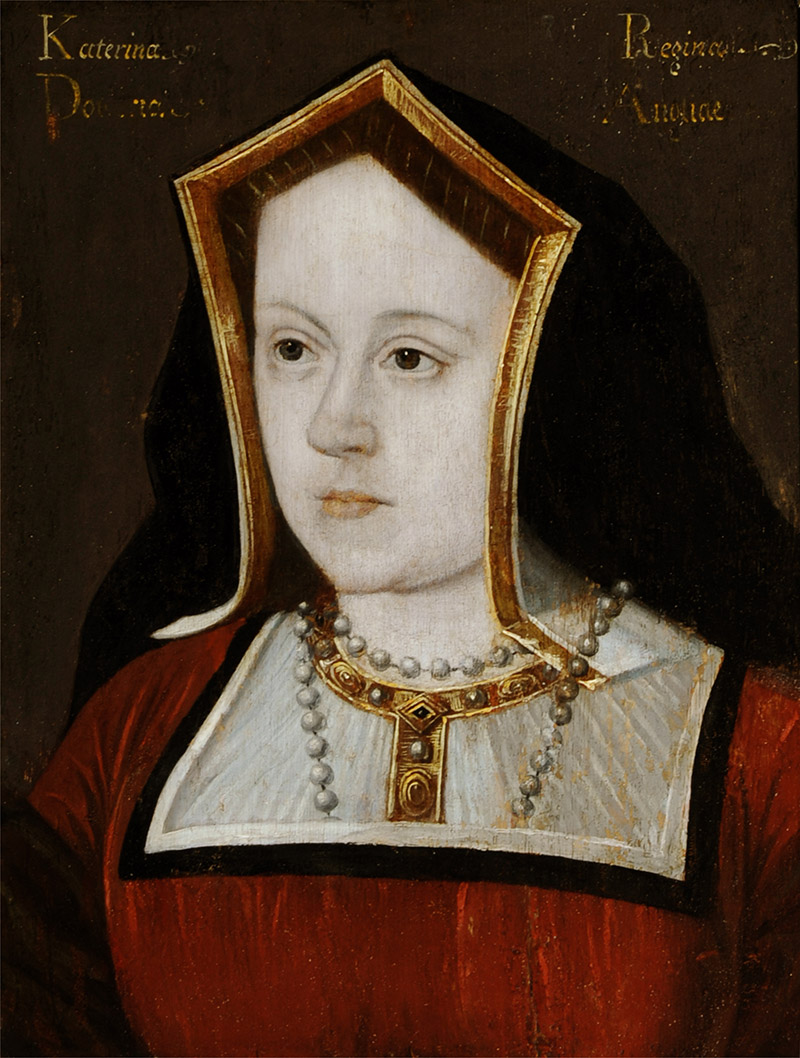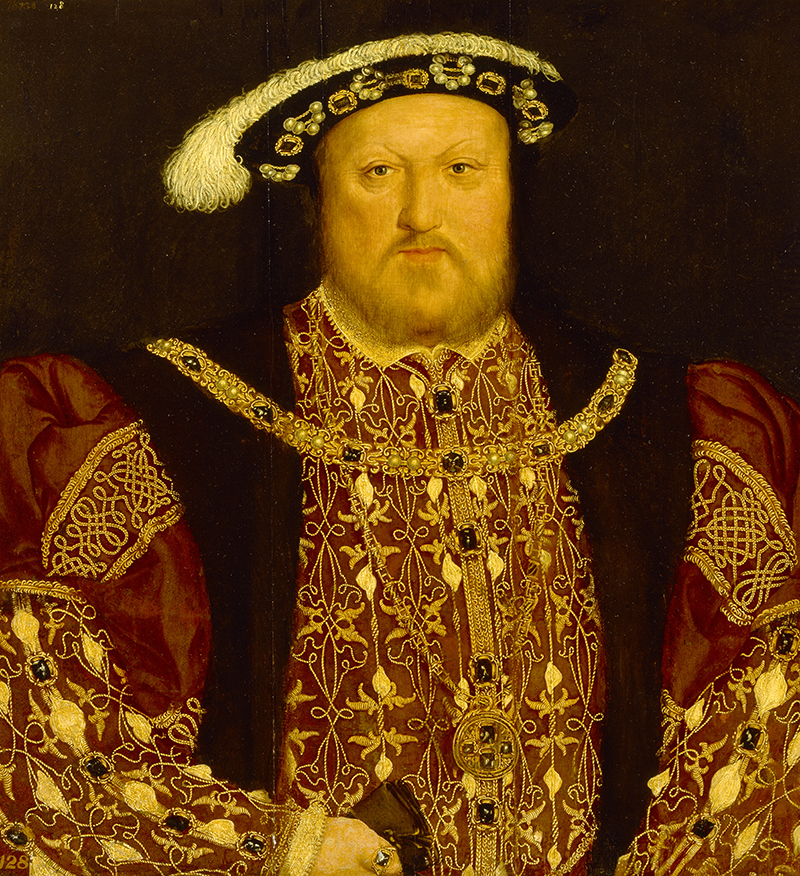Mary Tudor, a beautiful English Princess, defied her brother, Henry VIII, and married for love
The youngest surviving child of Henry VII and Elizabeth of York, born in 1496, Mary was a beautiful English princess who became a popular fixture of the English court. Marrying Louis XII, she was crowned Queen of France, although her heart belonged to Charles Brandon, 1st Duke of Suffolk. On the king’s death, what risks would Mary take to marry her true love?
A royal childhood
The years of Mary’s early childhood were golden – her parents were happy in their growing family and looking forward to splendid matches for them. Her elder brother, Arthur, was to marry Katharine of Aragon, her elder sister, Margaret, was promised to James IV of Scotland, and there was talk of Mary marrying Charles of Burgundy, grandson of Emperor Maximilian.

In 1501, the first of these weddings was celebrated, and Mary had new gowns of crimson and russet velvet for the occasion. This was the high point of the reign of Henry VII – within months, Prince Arthur was dead, and, in early 1503, Mary’s mother followed her son to the grave, along with a new-born daughter. The family further contracted with the despatch of Margaret to the throne of Scotland.
With a father distraught by loss, Mary’s world darkened. She spent some of her time with her formidable grandmother, Margaret Beaufort, Countess of Richmond and Derby, but it was not until 1506, when Mary was ten that the gloom besetting the court began to lift. That year, Mary had the opportunity to shine on the international stage for the first time.
Duke Philip of Burgundy, and his wife Juana, Queen of Castile, were shipwrecked en route to Spain. King Henry, seeing the opportunity to wrest a good bargain out of the reluctant duke, showered them with hospitality, although he could not immediately lend them any ships to continue their journey. Duke Philip came to Windsor, and Mary delighted the company with her excellent handling of the lute, and her beautiful golden hair.
Bethrothal
Before Philip was permitted to depart, the betrothal mooted years before between Mary and his son Charles was resurrected, and a formal treaty followed, celebrated by jousts at which Mary was the Lady of Honour, and Charles Brandon, her brother’s friend, was one of the most successful participants.
In December 1508, Mary was married by proxy to Archduke Charles, now heir to the throne of Spain, in a sumptuous ceremony at Richmond. Henceforth, she was known as the Princess of Castile.
Four months later, Mary lost her father, and her brother, seventeen-year-old Henry, became Henry VIII, swiftly marrying their widowed sister-in-law, Katharine of Aragon, who was as close to Mary as a blood-sibling, having spent all the years of her widowhood in England.

Life at the royal court
Mary, now thirteen, was a fixture at the royal court – attending the endless feasts and jousts with which the young king entertained his nobles and friends. She was still expecting to marry Archduke Charles, and a grand trousseau was prepared for her in early 1514, but Emperor Maximilian dragged his feet.
In a bewildering realignment of alliances in Europe, Henry broke off relations with Maximilian and his own father-in-law, Ferdinand of Aragon, who had both let him down in the war all three were prosecuting with France, and made a swift alliance with the French king, Louis XII.

Alliance with France
The price of the alliance was Mary – at eighteen considered the most beautiful and charming princess in Europe. She was to marry Louis, a gouty widower of fifty-two. Mary, humiliated by the behaviour of her former betrothed’s family, took to the new alliance with gusto, announcing her delight in her new fiancé and polishing up her French.
Showered with fabulous jewels by the eager Louis, she married him by proxy, but Mary had no real desire to marry the King of France – she had already given her heart to Charles Brandon, still Henry’s closest friend, and now Duke of Suffolk.
A short-lived marriage
Before embarking at Dover for France, Mary extracted a promise from King Henry that, should Louis die, she would be free to choose her own second husband. Her affectionate brother agreed, although whether he really meant it or was merely placating her, is an open question.
Mary married Louis and was crowned Queen of France at St Denis in Paris. Louis doted on her, and she won praise in both France and England for her behaviour as queen – dignified in public, affectionate to her ailing husband, and promoting friendship between the countries.
Within weeks, Louis was dead, and Mary was in a dangerous position. As Louis had no son, his heir was his cousin, François d’Angoulême, unless Mary were pregnant with a boy. As was customary, she went into strict seclusion, draped in white, whilst she waited to see if she were pregnant.
Hovering menacingly over her were François and his devoted mother, Louise of Savoy. Mary quickly confirmed she was not expecting, but was subjected to pressure to marry again in France. Unsure which way to turn, she begged Henry to send a delegation to fetch her.
Secret wedding
Surprisingly, the delegation was led by Suffolk, from whom Henry extracted a promise not to suggest matrimony to Mary. But, on his arrival, Mary herself was determined that they should wed, and wheedled him into a secret ceremony. She then turned to François for help – playing on his vaunted chivalry, and probably pointing out that, if she married Suffolk, it would remove her from the arena of royal marriages, so Henry could not use her for other alliances. François agreed, and another private wedding was held.
Confession and absolution
Mary had now to confess to Henry. She and Suffolk wrote numerous letters to Henry and his minister, Wolsey. Eventually, having promised to pay over most of Mary’s future income as a dowager queen of France, Henry agreed to forgive them. Returning to England, they were married a third time in a public ceremony at Greenwich.

Return to the English court
From her return in 1514 to around 1523, Mary was frequently at court. She was still on excellent terms with her brother and Queen Katharine and was involved in public life – playing a major part at the Field of Cloth of Gold in 1520. She bore four children, of whom the eldest, Henry, died during her lifetime. As the 1520s passed, Mary was less often at court – her health was deteriorating, and the marriage of the king and queen was breaking down.
The replacement of Katharine by Anne Boleyn, a woman who had once been Mary’s maid-of-honour, was hard for Mary to stomach, and she spent more time at home at Westhorpe Castle, or at her favourite retreat of Butley Priory. Marriages were arranged for her children – young Henry to Katherine Willoughby, and Frances to the Marquis of Dorset.
Mary declined visit to France with Henry and Anne in October 1532: her health was certainly poor enough for it to be a legitimate excuse. Suffolk, however, was not spared and was obliged to act as Lord Steward at the coronation of Anne in 1533. Mary was too ill to attend, even had she chosen to do so. She died on 28 June 1533, her children, but not her husband, by her side.
As befitted a queen of France, following a lavish funeral she was interred in the Benedictine Abbey at Bury St Edmunds – later being moved to the parish church of St Mary. As for Suffolk, he consoled himself by marrying his son’s 14-year-old betrothed before the summer was out.
Visit
Mary spent much of her childhood at Eltham, which was the royal nursery for Mary and her older siblings, Henry VIII and Margaret, Queen of Scots. Their grandfather, Edward IV, undertook substantial building work there, including the Great Hall, which can still be viewed today.

Owned by Henry VIII, the castle was one of Mary’s homes in Norfolk during her second marriage to the Duke of Suffolk. Today, the keep of this 12th-century castle is one of the largest and best-preserved in England. It is still lived in, and managed by, one of the descendants of Thomas Howard, Duke of Norfolk, to whom Henry VIII sold it to in the mid-16th century.
Church of St Mary, Bury St Edmunds
The final resting place of Mary, whose remains were moved here following the dissolution of the Abbey of Bury St Edmunds, where she was initially buried.
For more places associated with Mary, see tudortimes.co.uk/people/mary-queen-of-france-following-the-footsteps
Read more
To read more about Mary, see tudortimes.co.uk/people/mary-queen-france-life-story






 © 2024
© 2024